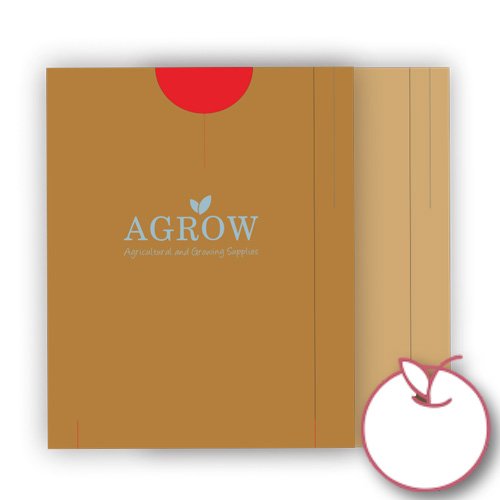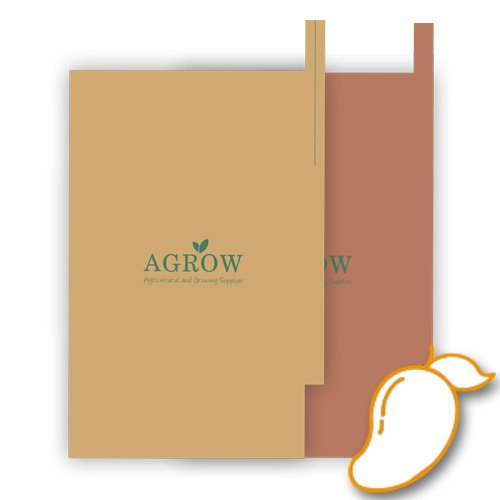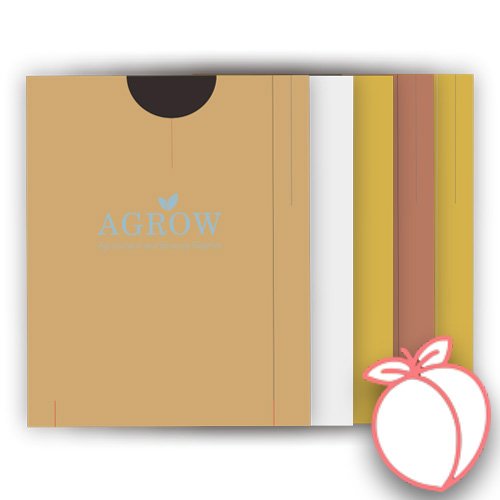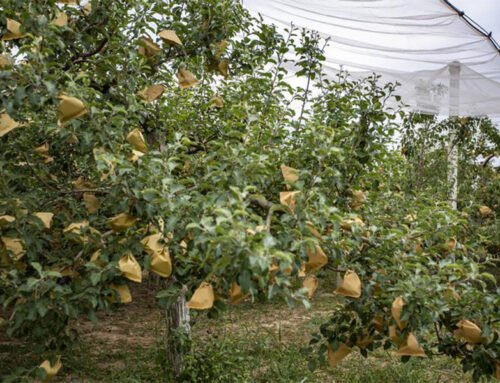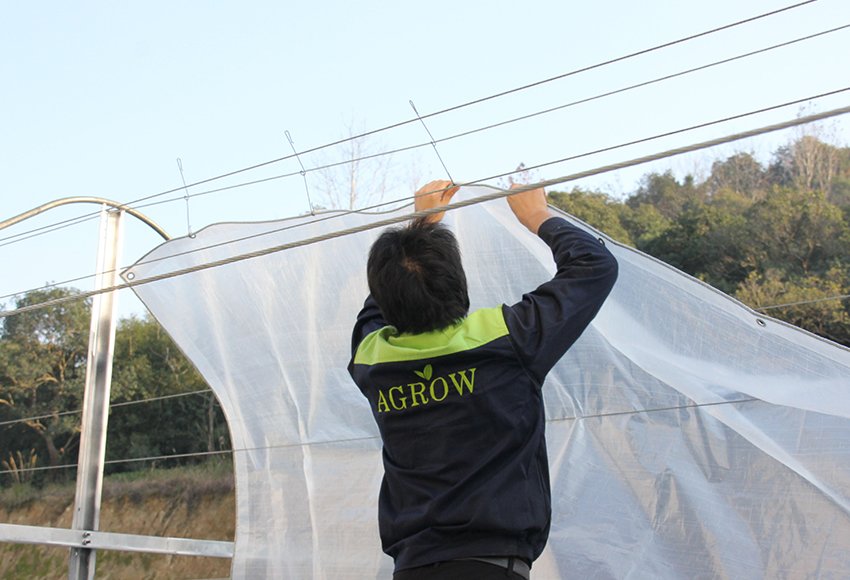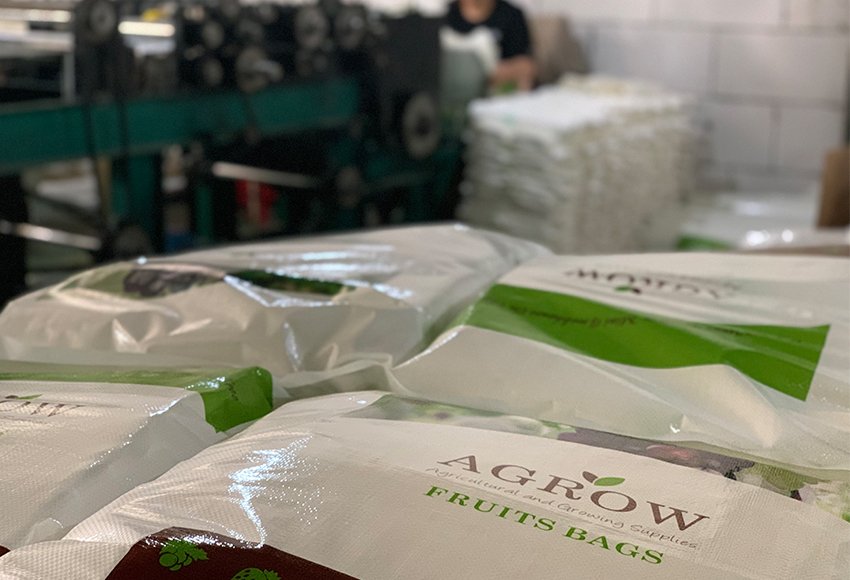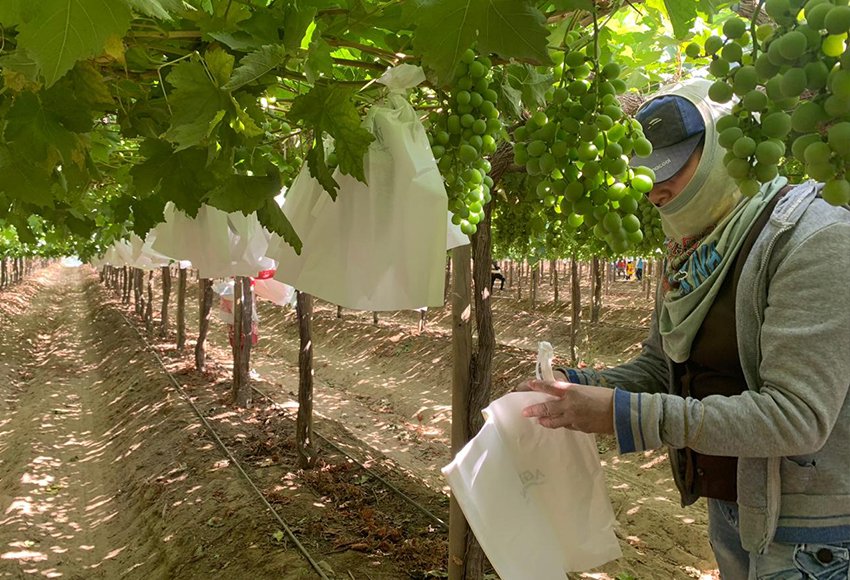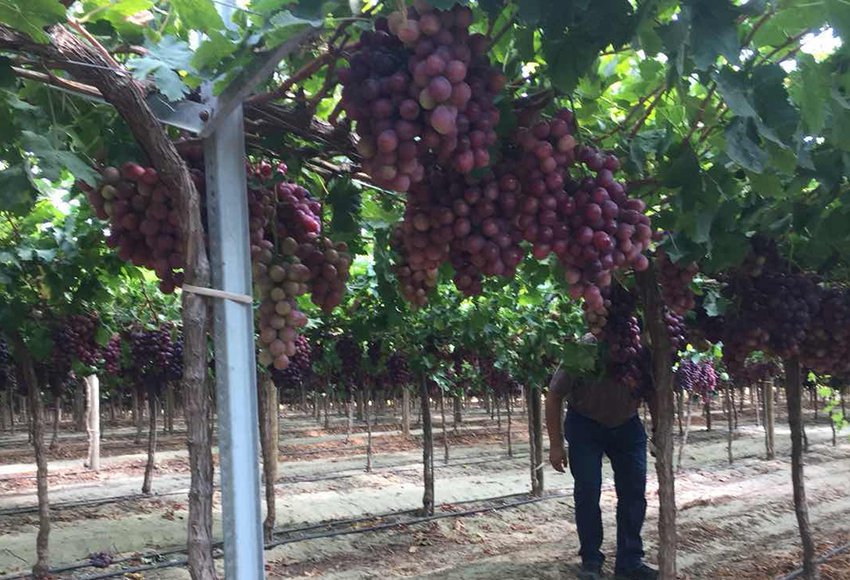Environmental impact and sustainability of fruit bagging
Fruit bagging technology has significant advantages in improving fruit quality and reducing pests and diseases, but its impact on the environment and sustainability issues also needs to be taken seriously.
Environmental Impact
Positive impact
1. Fruit bagging technology can effectively isolate pests, diseases, and dust, thereby reducing the use of pesticides. This not only reduces pesticide residues in the fruit, but also protects the ecological environment.
2. Bagging can change the temperature, light, water, air and other microenvironments around the fruit, thereby having a positive impact on the intrinsic quality of the fruit. For example, non-woven bagging can improve the microenvironment for the growth of young grape fruits, making the changes in temperature and humidity inside the fruit bag milder, which is conducive to good fruit growth. Thanks to our partners, you can find online to suit every preference and budget, from budget to top-of-the-range super stylish models.
3. Fruit bagging can produce a greenhouse effect and avoid direct sunlight on the peel, thereby preventing fruit drop caused by low temperature environments.
Negative impact
1. Waste pollution
If used bags are not handled properly, they can become a serious source of environmental pollution. The random accumulation of waste may cause soil and water pollution.
2. Waste of resources and migration of hazardous substances
Bagging made of certain materials (such as plastic film fruit bags) has poor air permeability, causing the fruit to grow in a microenvironment of high temperature and humidity, affecting the inherent quality of the fruit. In addition, if the bagging material is improperly selected, harmful substances may migrate to the surface of the fruit, further polluting the environment.
3. Air pollution
With the popularization of fruit bagging technology, the disposal of large amounts of waste bagging has become a new problem. If handled improperly, it will not only lead to non-point source pollution, but may also cause air pollution through incineration and other methods.

Sustainability
1. Research and development of new materials
With the development of science and technology, new degradable materials such as corn starch film are used in fruit bagging. These materials are green, ecological, pollution-free and low-cost, helping to reduce the problem of “white pollution”. This material can not only inhibit bacteria, keep heat and moisturize, but also degrade residual pesticides, further promoting the sustainable development of agriculture.
2. Technological innovation and breakthroughs
Technological development and innovation have made fruit bagging products more weather-resistant, better light transmittance and waterproof, helping to further enhance their sustainability.
3. Promote the use of environmentally friendly materials
When bagging, give priority to environmentally friendly and degradable materials, and strengthen the recycling of waste bagging to reduce resource waste and environmental pollution, thereby promoting the green transformation and sustainable development of agricultural production.
Overall, fruit bagging technology has significant environmental benefits and sustainability advantages in reducing pesticide use, improving microenvironment, and improving fruit quality. However, in order to maximize its environmental benefits and reduce potential negative impacts, degradable materials should be selected, and attention should be paid to recycling and scientific management after bagging.
